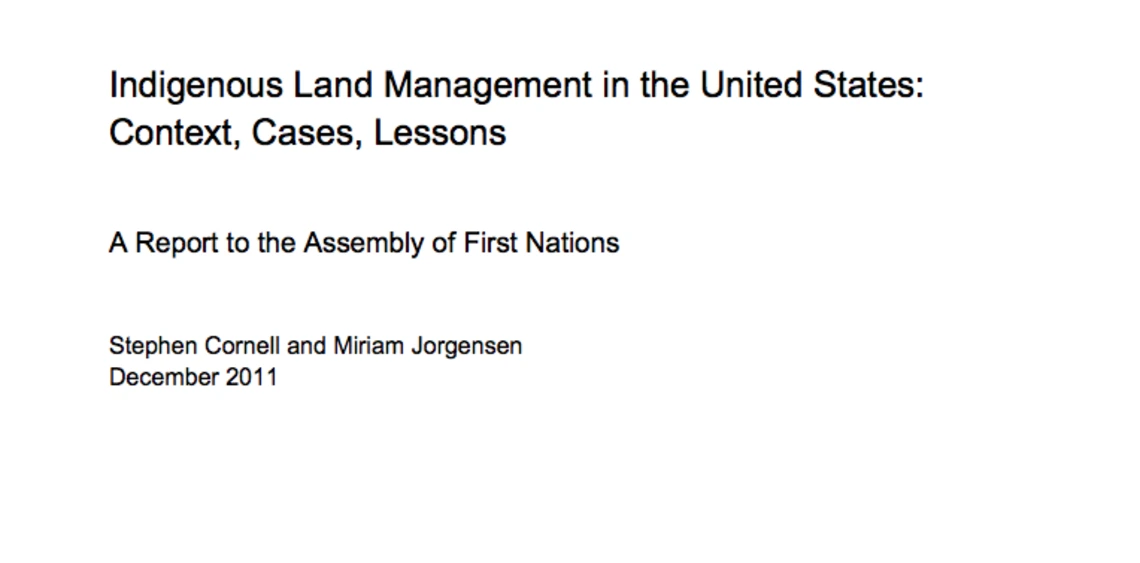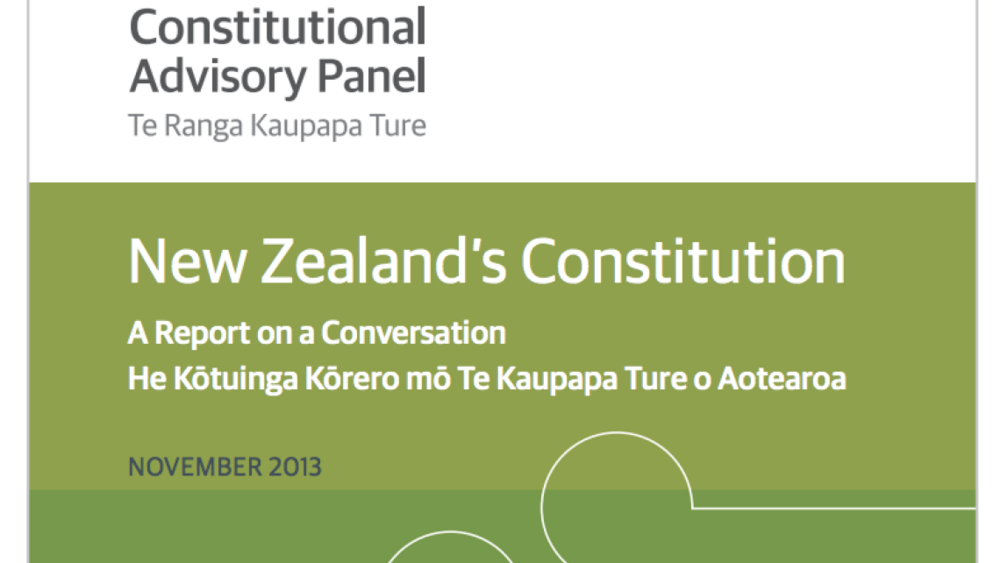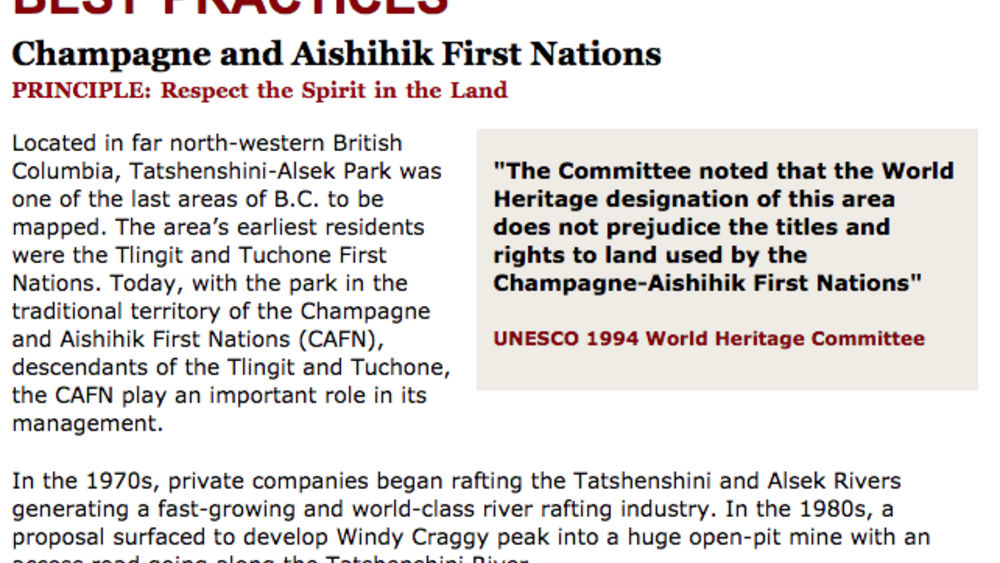The Assembly of First Nations (AFN) is seeking ways to support First Nations’ economic development. Among its concerns are the status and management of First Nations’ lands. The Indian Act, bureaucratic processes, the capacities of First Nations themselves, and other factors currently limit the ability of First Nations to add lands to reserves or to use their lands more effectively in productive and self-determined economic activity.
As it confronts these issues, AFN has been interested in how Indigenous land-management issues are being addressed by Native nations in the United States. What is the status of Indigenous lands in the U.S.? Do Native nations in the U.S. face similar challenges to those facing First Nations? Are Native nations in the U.S. engaged in practices that might offer ideas or lessons for First Nations?
There are substantial historical, legal, and political differences between the situations of Native nations in Canada and the U.S. But there also are substantial similarities. In both countries, land has been a pivotal issue–in many ways the pivotal issue–in the history of Indigenous-non-Indigenous relations. In both countries, despite massive land loss, Native nations retain remnant land bases with varying potential for economic development. In both countries, Native nations fiercely defend their remaining lands, seek to expand them, and are determined to exercise greater control over what happens on those lands.
This report addresses the status of Native lands in the U.S. It is divided into two parts. Part 1, “Overview of the U.S. Context,” reviews the history of Indigenous lands and provides an overview of current Indian land tenure and jurisdiction. Part 2, “Meeting the Land Management Challenge,” specifies the primary challenges facing Native nations in the U.S. as they attempt to manage their lands in ways that meet their own objectives and summarizes some of the innovative practices currently in use or being developed by American Indian nations. It identifies what we believe are key features of those practices. It also summarizes some of the relevant research on the relationship between control of Native lands and socioeconomic outcomes. Finally, it offers some recommendations based on the U.S. experience...
This report is featured on the Indigenous Governance Database with the permission of the Assembly of First Nations.
Additional Information
Cornell, Stephen and Miriam Jorgensen. "Indigenous Land Management in the United States: Context, Cases, Lessons." A Report to the Assembly of First Nations. Grogan|Cornell Consulting. Tucson, Arizona. December 2011. Report.




